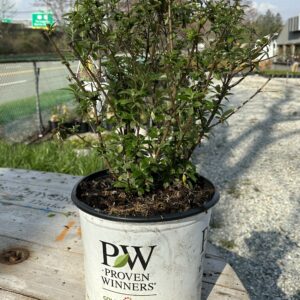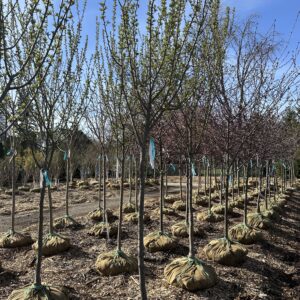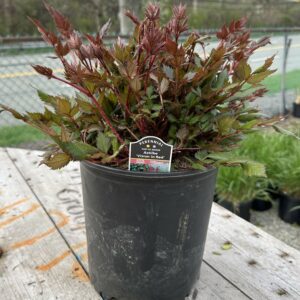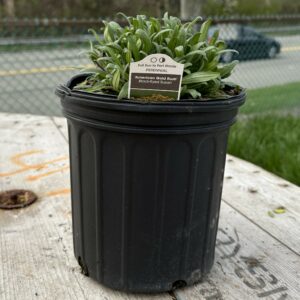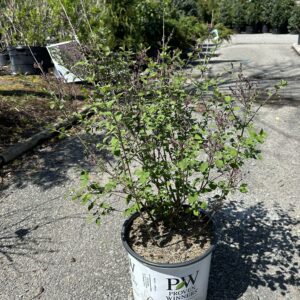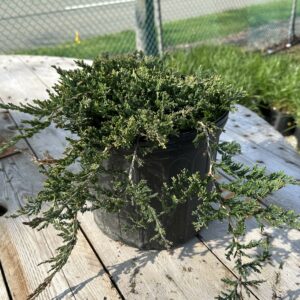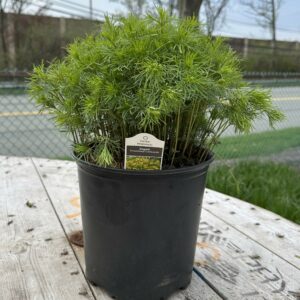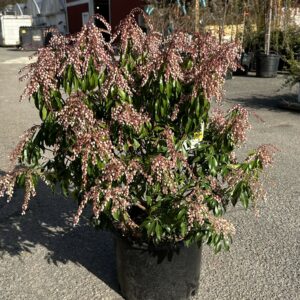‘Limelight’ Panicle Hydrangea
$39.99 – $79.99‘Limelight’ Panicle Hydrangea Care
Planting: Choose a location with well-drained soil and full sunlight to partial shade for your ‘Limelight’ Panicle Hydrangea. Ensure proper spacing to accommodate its mature size, typically around 6 to 8 feet in height and spread.
Watering: Water your ‘Limelight’ regularly, especially during the first growing season to establish its roots. Once established, it is moderately drought-tolerant but benefits from regular watering, particularly during dry spells.
Soil: ‘Limelight’ Panicle Hydrangea thrives in well-drained soil with a slightly acidic to neutral pH. Amend heavy or clay soils with organic matter to improve drainage and fertility.
Mulching: Apply a layer of organic mulch around the base of the plant to retain moisture, regulate soil temperature, and suppress weed growth. Keep the mulch a few inches away from the plant’s stems to prevent rot.
Fertilizing: Apply a balanced, slow-release fertilizer in spring to promote healthy growth and blooming. Follow the manufacturer’s instructions for application rates and frequency.
Pruning: Prune your ‘Limelight’ Panicle Hydrangea in late winter or early spring to maintain its shape and size. Remove any dead, damaged, or crossing branches, and trim back the tips of the branches to encourage bushiness and flowering.
Protection: ‘Limelight’ Panicle Hydrangea is generally resistant to pests and diseases. However, monitor for common issues such as aphids or powdery mildew, and treat promptly if necessary.
Winter Care: Provide a layer of mulch around the base of the plant to insulate the roots and protect them from freezing temperatures. Consider wrapping the shrub with burlap in harsh winter climates for additional protection.


